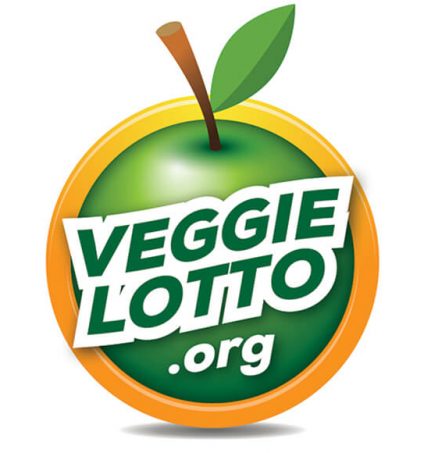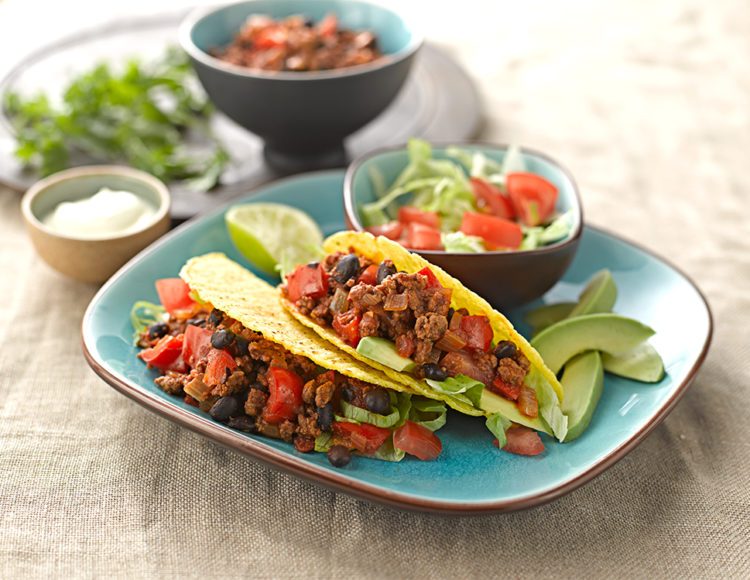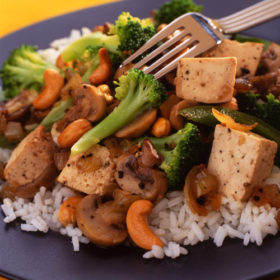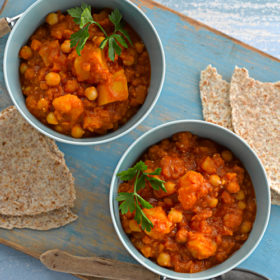What food is protein in?
You can find protein in many foods. Some examples are: soya, nuts, beans, cheese, eggs and cereals such as wheat and rice.
-
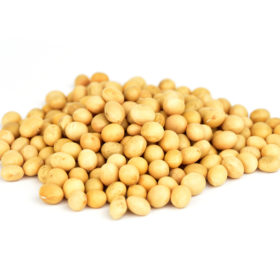
soya
-
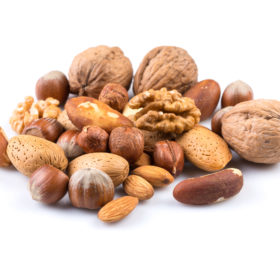
Nuts
-
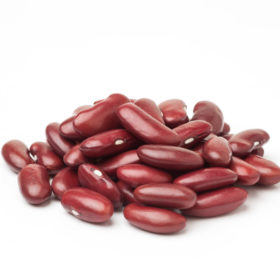
Beans
-
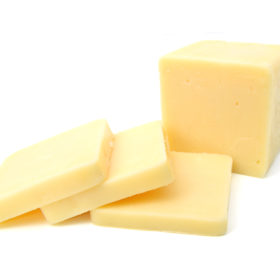
Cheese
-
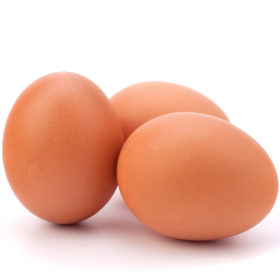
Eggs
-
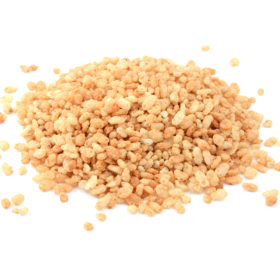
Cereals
How much protein do I need?
| Women | Men | |
| 45g per day | 55g per day |
Hints and tips
- According to research, it is easy for vegetarians to get enough protein from lots of different types of foods. You can find protein in places you might not expect, such as bread, potatoes and green leafy vegetables.
- Remember to vary your proteins to ensure a balanced intake in your diet.
Why do I need protein?
- Protein helps to build and repair muscles.
Protein… in more detail…
Proteins are the building blocks of the body and an important part of our diet. A balanced diet should include a daily intake of around 0.75grams of protein for every kilo of body weight. There are many protein rich foods for vegetarians, rivalling the protein content of meat products. Popular concern that vegetarians lack protein is misplaced and plant protein has the advantage of containing reduced saturated fat associated with meat protein.
Structure and function
Proteins perform a wide range of functions in the body. Protein is fundamental to the body’s structure providing cell renewal and growth; muscle accounts for around half of the protein in the body. Protein collagen makes up a major part of the skeleton, connective tissues, nails and hair. Proteins also manages metabolism and body processes. Hormones, controlling growth and appetite, enzymes that break down food, and haemoglobin that carries oxygen in the blood are all forms of protein.
The body makes proteins by combining substances called amino acids. From 20 amino acids the body can produce a vast array of proteins. The body must maintain and renew proteins from the food we eat, therefore the proportions of the amino acids in our foods is important. Although half of the 20 amino acids can be broken down and re-assembled in the cells into other amino acids, there are 8 amino acids that cannot be produced this way and must be present in the diet. These are known as the 8 essential amino acids: Isoleucine, leucine, lysine, methionine, phenylalanine, threonine, tryptophan and valine (histidine is also regarded as essential for infants).
Dietary sources of protein and the essential amino acids
The protein content of plant origin foods such as nuts, peas and beans (including peanuts) is very high and rivals that of meat and fish. Some vegetarians include eggs and/or dairy products as part of their protein intake. Cheese has similar levels of protein to meat and fish by weight, whilst egg is regarded as the perfect protein food for its ideal balance of amino acids.
Whether dairy products and/or eggs are included in our diet, plant foods provide a major part of protein intake. Pulses, such as quinoa, can form the basis of many types of meals and soya products such as milk, tofu, miso or ready made products like burgers and sausages are probably the most versatile source of protein. Nuts can be incorporated into breakfast and sweet or savoury dishes providing an energy-dense source of protein. QuornTM is a form of myco-protein – an edible fungus – and is sold in a range of different forms from mince to fillets.
Everyday foods that are normally regarded as carbohydrates such as rice and grains, pasta, breakfast cereals and bread contain significant amounts of protein and can play an important part in your intake. For example, 100g of wholemeal bread contains 9.4g of protein. Potatoes eaten in quantity also provide useful amounts of protein.
Protein combining
Of the eight essential amino acids two – lysine and methionine are given special attention in vegetarian diets. This is because compared with foods of animal origin such as eggs, milk and cheese various food groups of vegetable origin have an imbalance of either lysine or methionine. The food groups mainly in question are; cereals, such as wheat, oats and rice, and legumes; beans, peas and lentils. Wheat and rice proteins are comparatively low in lysine but better sources of methionine whereas beans and peas are relatively high in lysine yet in lower methionine. This has naturally led to the idea of cereals and legumes as ‘complementary’ proteins. In practice this means that meals that combine for example beans and rice or houmous and bread will provide a biologically ‘complete’ protein intake. It was thought until relatively recently that, as the body does not readily store amino acids it was essential for vegetarians to combine ‘complementary proteins’ at each meal. There has been some debate over this which has concluded that this isn’t strictly necessary, however it still has some advantages and seems a sensible way to approach a varied and complete diet.
If you have a medical condition and would benefit from specialist dietary advice, the Vegetarian Society has a dietitian and enquiries service. We are a charity. To ensure we can continue sharing helpful information like this, please make a donation today.
